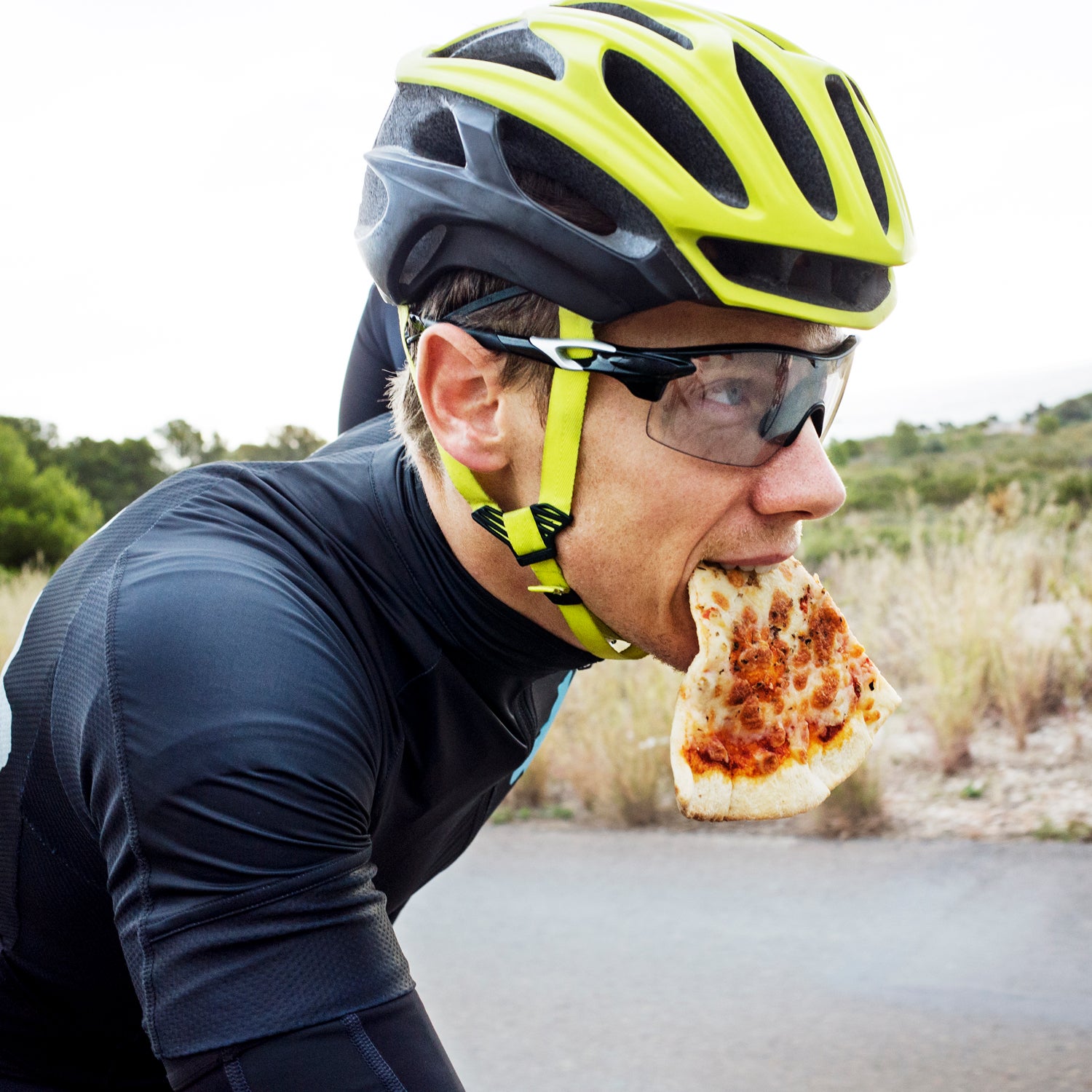By now��you’ve no doubt watched a friend pare down their diet to a narrow combination of whole foods in an effort to feel better or train harder. Elimination diets—which include the��,��,��and��, among others—have surged in popularity in recent years.��
While there are many different methods and goals, the basic format is the same: limit your diet to the bare essentials (usually some combination of vegetables, fruits, lean meats, and healthy fats), and then slowly add variables back in, tracking how certain foods impact your gut, energy levels, and more. It sounds simple enough, but these diets take a lot of time and effort, make it hard to get adequate fuel for hard training and recovery, and can easily lead to physical stress.
If you’re interested in pinpointing foods that stress out your system, you may not need to go all in with an elimination diet. Here’s how to decide whether this might be a useful tool for you��and what you need to know to do it safely.
Get Your “Why” Straight
Seventy percent of endurance athletes��have at least some while on the move, and an elimination diet might help alleviate associated symptoms.�� found that a low-FODMAP diet, which eliminates bloat-inducing fermentable carbohydrates found in foods like cow’s milk, onions, and whole-wheat pasta, lessened gut symptoms for 69 percent of runners during high-intensity workouts. showed that while elimination diets didn’t improve performance, they did improve factors like gut health and even memory.
Kylee Van Horn, an ultrarunner, a registered dietitian, and the owner of�� in Carbondale, Colorado, explains that a properly executed elimination diet is considered the best method for identifying food sensitivities, better than any blood test. They’re popular among people who are dealing with , , and many because they help uncover food intolerances. But plenty of people do them for weight loss or other undefined wellness goals, which aren’t sustainable objectives, because��elimination diets aren’t permanent. Eventually, you’ll reintroduce most of the foods you cut out—you’re just trying to identify the few that cause you intestinal distress.
Start Small—and Maybe Not at All
Before you go all in, think about your current relationship with food: Is eliminating foods going to be triggering for you? “As a rule, I don’t like elimination diets, because I find that it can disturb people’s relationship with foods��and really give athletes this idea of ‘good’ and ‘bad’ foods,” says , a sports dietitian based in Australia. If you think an elimination diet might negatively influence the way you think about food and your body, don’t start.��
Van Horn believes that many elimination diets work simply because they take out the obvious culprits, like processed foods and alcohol. So before you start an elimination diet, consider starting with those small shifts for a few weeks, and monitor your symptoms. Easing into eating more whole foods will make the next steps easier��and may lead you to skip a full-blown elimination diet entirely. If you’re still dealing with gut issues, then it might be time to consider a more restrictive protocol.
“I’m a huge fan of making small changes that you can sustain in the long term, like cutting down on refined sugars and alcohol,” adds Sampson.��“You won’t see results tomorrow, but all those little choices add up.”
Don’t Stress Out��
A restrictive diet can add pressure to what should be a simple, pleasant part of your day: eating. Stress leads to inflammation in the body—which may be what you’re trying to combat in the first place—and�� to increase a person’s risk of disease, ranging from the common cold to autoimmune conditions. So make lifestyle changes to consciously manage it.
“I’ve found that some athletes need to focus on lowering stress and even cut back on training first to see how it impacts symptoms before turning to diet,” says Will Cole,�� who recently wrote��. “You have to look at sleep, social connections, physical environment—there are so many other factors. You can eat all the right foods, but if you haven’t addressed these issues, you’re still self-sabotaging.”��
Timing matters, too. The week before your Ironman and a��stressful month at work are probably not the best times to alter your meal plan. “There will never be a perfect time to do this, but avoid things like the height of your season or a really tough period in your personal life,” Cole says.��
Keep a Food Journal
Van Horn recommends eating normally for two weeks and recording your diet and your symptoms.��Once you’ve done that, take a look to��assess if there are obvious food groups that correlate to any uncomfortable side effects. You can choose an elimination diet that closely aligns with��the foods that don’t seem to agree with you, or try a mini-elimination diet, eliminating just one food for four to six weeks that seems to be causing issues.
Get Specific
If, after keeping a food journal and eliminating obvious culprits, you still feel the need to adopt a more regimented program, Van Horn and Sampson both recommend you consult a registered dietitian to offer guidance in choosing a plan and for advice following it if you’ll be��training. Whole30 and the�� are popular, as is the low-FODMAP diet. Van Horn recommends the diet most frequently, but she notes that it’s also one of the hardest elimination diets to try, because the class of carbohydrate that it eliminates includes a lot of fruits and vegetables (even broccoli!) as well as gluten, processed sugars, and dairy.
Eat Enough
“Elimination diets like FODMAP are intense and hard to handle while training,” Van Horn says. She recommends that you work with your dietitian to develop an adequate meal plan. Your number-one priority is getting enough calories, and it can be hard to replace staples like oats or refined sugars with foods that are equally calorically dense. “Eliminating a huge amount of foods can lead to nutrient and energy deficiencies,” she says.
You can also use a��food-tracking app to make sure you’re getting enough calories and macronutrients. Remember that the volume of food you’ll need to eat may be considerably higher than usual once you eliminate��foods like pasta, dairy, and refined sugar.
Don’t Dive Right Back In��
“You don’t need to take out these foods forever, you just need to figure out which ones work for you and which don’t,” says Van Horn. “Many of the off-limits foods in the elimination diets aren’t bad for you. At the end, there needs to be a reintroduction phase. That’s the whole point.”
When you start adding foods back in, do it slowly and specifically. Start with a single serving, give your body at least a day to show any response, and continue to keep track of your eating patterns and any effects in a journal.��
“More isn’t better. It’s not ideal to eliminate this many foods in the long term,” says Sampson. Van Horn echoes her point, explaining that elimination diets are tools to use temporarily, not permanent solutions. Ultimately, trying one��may help you feel��better—but only if you do it mindfully and tune in to what your body needs.��


